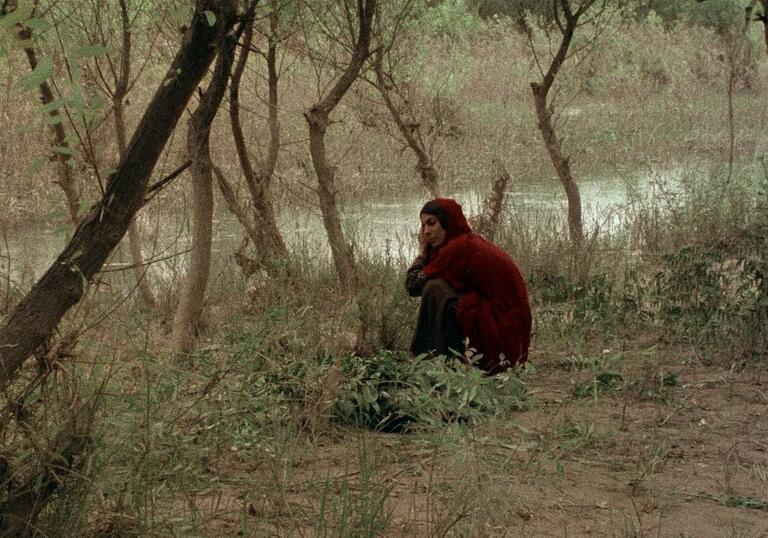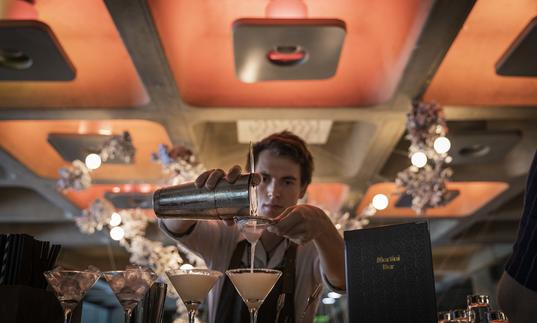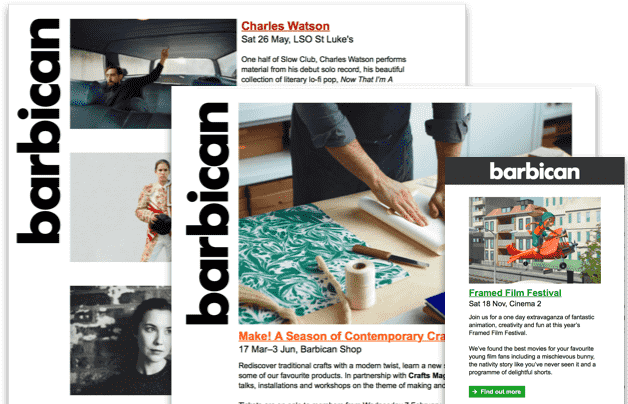
Booking fees
£1.50 booking fee per online/phone transaction.
No fee when tickets are booked in person.
Booking fees are per transaction and not per ticket. If your booking contains several events the highest booking fee will apply. The booking fee may be reduced on certain events. Members do not pay booking fees.
Programme
The Sealed Soil (Khak-e sar bé mohr)
Chronicling the repetitive and repressed life of Roo-Bekheir, a young woman in a poor village in southwest Iran, The Sealed Soil portrays her quiet resistance to a forced marriage. A formally rigorous, if emotionally distanced, critique of patriarchy and the superficial reforms of Iranian agricultural life, the film captures the tensions that contributed to the 1979 revolution.
1977 Iran dir Marva Nabili 90 mins, in Persian with English subtitles
The House is Black (Khaneh siah ast)
Set in an enclosed community for people affected by leprosy in northwest Iran, it is a dialogue between the passions of the poet (Farrokhzad) and the voice of reason (Ebrahim Golestan, also the film’s producer). It opens with a blank screen, gradually drawing viewers into an unwatchable world that transforms, through the miracle of poetry, into the sublime.
1962 Iran dir Forough Farrokhzad 20 mins, in Persian with English subtitles
Cinema 1
Location
Barbican Cinema 1 is located within the main Barbican building on Level -2. Head to Level G and walk towards the Lakeside Terrace where you’ll find stairs and lifts to take you down to the venue floor.
Address
Barbican Centre
Silk Street, London
EC2Y 8DS
Public transport
The Barbican is widely accessible by bus, tube, train and by foot or bicycle. Plan your journey and find more route information in ‘Your Visit’ or book your car parking space in advance.




